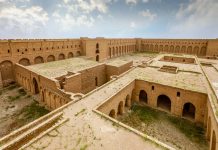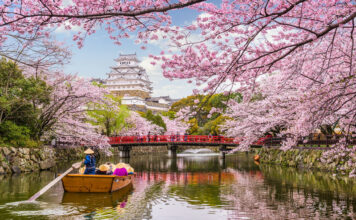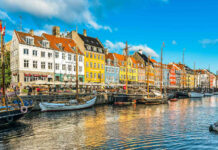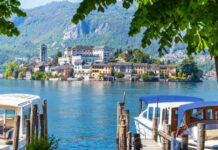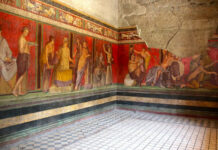Colosseum, Rome, Italy
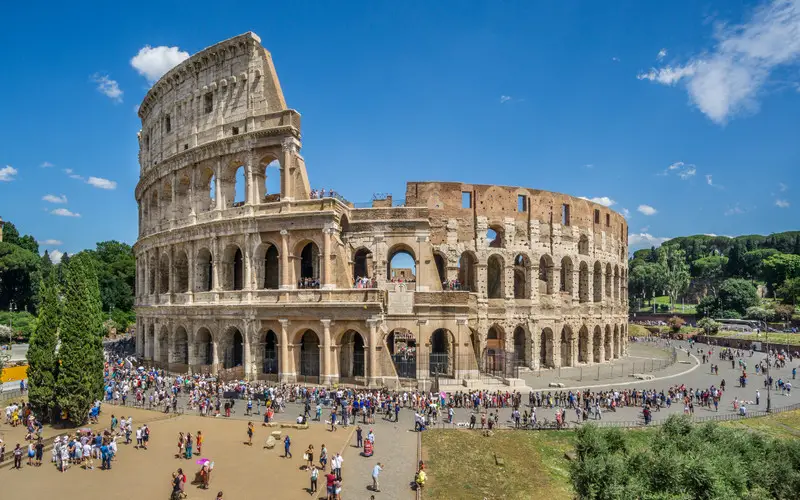
Constructed between 70-80 AD, it once hosted gladiator contests, chariot races, and theatrical performances for over 50,000 spectators. Despite enduring centuries of earthquakes and pillaging, this architectural marvel continues to enthrall visitors with its imposing grandeur.
Pompeii, Italy

Frozen in time by the eruption of Mount Vesuvius in 79 AD, Pompeii offers an extraordinary glimpse into ancient Roman life. This remarkably preserved city showcases well-preserved streets, villas, baths, and frescoes, offering a vivid snapshot of daily existence in the Roman Empire.
Leptis Magna, Libya
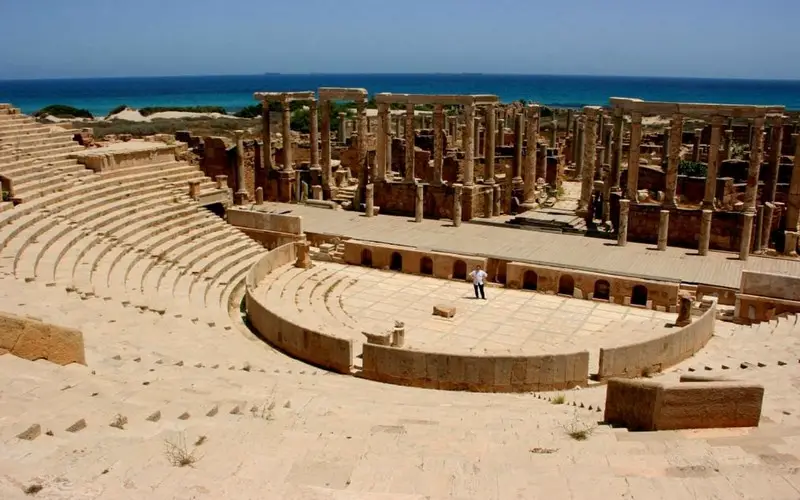
Nestled on the shores of the Mediterranean, Leptis Magna stands as one of the best-preserved Roman cities. Founded in the 7th century BC, it boasts magnificent structures like the Severan Basilica, Arch of Septimius Severus, and the intricately decorated Market Basilica.
Ephesus, Turkey
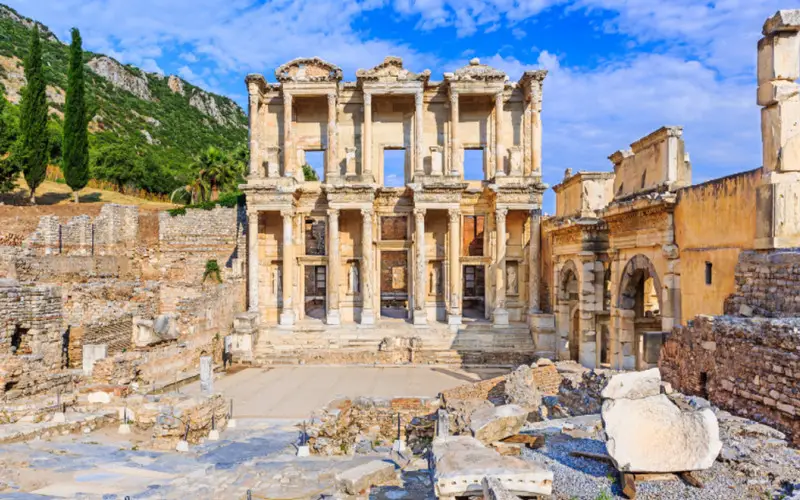
Ephesus, once a bustling port city, was a center of trade and culture in the ancient world. Home to the Temple of Artemis, one of the Seven Wonders of the Ancient World, Ephesus also features the Library of Celsus, grand theaters, and well-preserved terraced houses, offering a glimpse into Roman urban life.
Trier, Germany
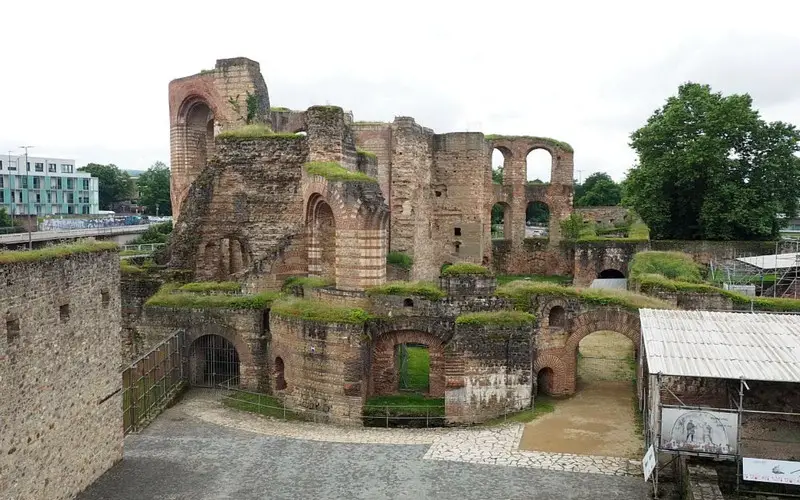
Trier, Germany’s oldest city, bears testimony to its Roman past through structures like the Porta Nigra, an imposing city gate, and the colossal Baths of Constantine. The well-preserved Roman bridge and the amphitheater also contribute to Trier’s rich historical tapestry.
Dougga, Tunisia
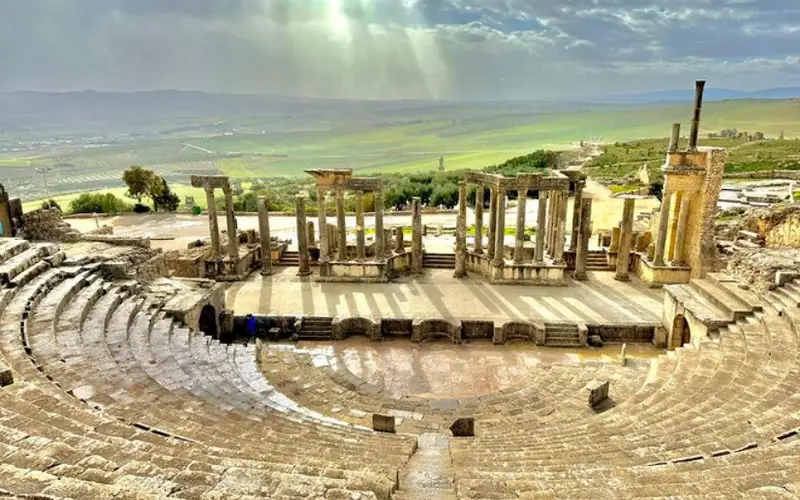
Often referred to as the “best-preserved Roman small town in North Africa,” Dougga showcases a blend of Roman and North African architectural styles. The Theater of Dougga and the Capitol are among its notable structures, offering insights into Roman influence in the region.
Jerash, Jordan

Nestled in the hills of northern Jordan, Jerash boasts remarkably preserved ruins from the Roman period. The grand Oval Plaza, Hadrian’s Arch, and the South Theater are some of the key attractions, illustrating the city’s prominence in the Roman Decapolis.






